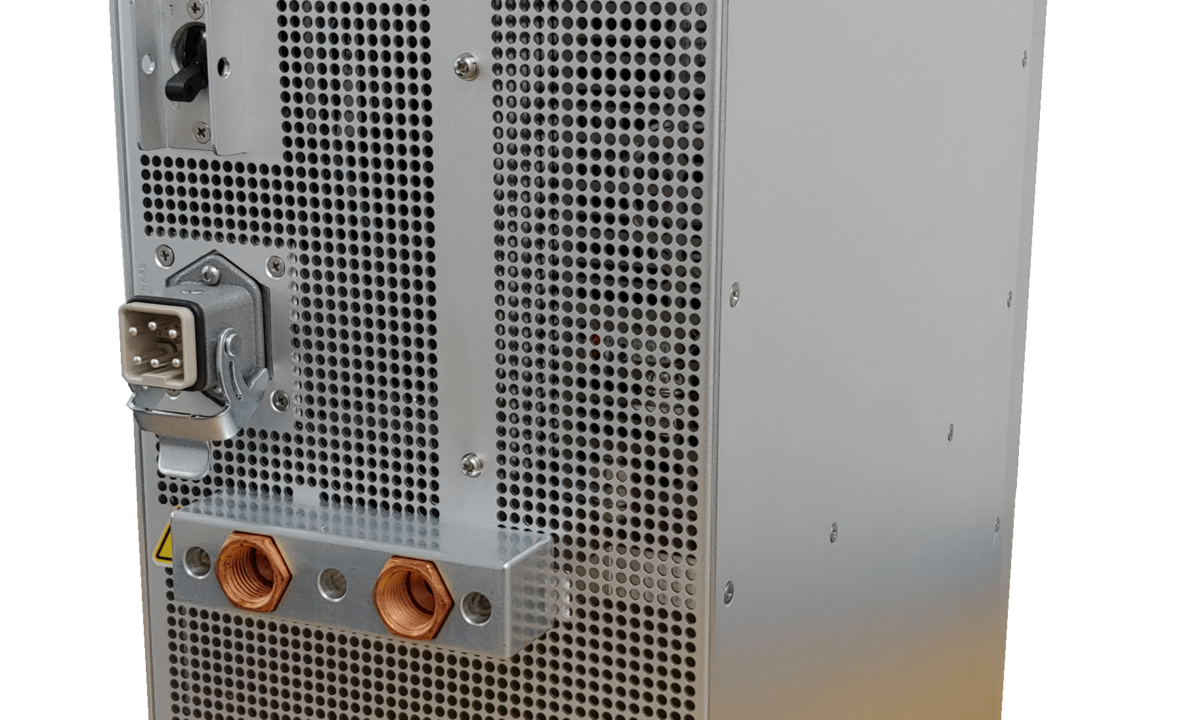Reno Sub-Systems (Reno), a developer of high performance radio frequency (RF) matching networks for leading-edge nanoscale semiconductor manufacturing, today introduced its new GenMatch™ Series that integrates the company’s proven solid-state Electronic Variable Capacitor (EVC™) RF match and Precis™ generator technologies into a single unit. The systems have a footprint similar to a match alone, saving space on the process tool, and are faster, more repeatable and more reliable, with lower cost of ownership. GenMatch™ systems are ideal for leading-edge etch and deposition applications in semiconductor manufacturing, where level-to-level pulsing and short RF on-times are critical to meet performance requirements at the most advanced nodes.
“Reno has a strong track record of bringing novel RF match technology to market, and the GenMatch™ is no exception,” said John Voltz, senior vice president of business development at Reno. “The high reliability of our EVC™ all-solid-state match equals RF generator reliability, making it now economical to put both in the same package. The GenMatch™ is a true RF power system that delivers plug-and-play performance, a first for plasma processing in advanced semiconductor manufacturing.”
The GenMatch™ platform covers powers from 500W to 10kW and frequencies from 400kHz to 60MHz. The generator supports level-to-level pulsing, while the RF matching network matches impedance on each pulse, meaning every wafer sees the same frequency, unlike frequency sweep. AI and machine learning using the matching network’s extensive sensor and sampling capability further enhance system performance.
Benefits offered by the GenMatch™ Series include:
- Detection of fast transients at the output of the RF matching network. These transients may represent micro-arcing in the plasma chamber that the etch or deposition tool would never identify. Reno’s RF generator can then control the power to the chamber to eliminate the micro-arcing.
- The option to fully tune the plasma impedance, compared to standard frequency tuning approaches that can only tune limited plasma impedances, and then only the reactive part of the plasma impedance.
- The ability to provide additional tuning options, such as sequential tuning, where the frequency tuning and EVCTM tuning are done sequentially for faster, repeatable and more stable tuning of the plasma impedance.
- The generator can be set to sweep the frequency to tune the reactive portion of the plasma impedance, for which the EVCTM-based matching network adjusts the capacitance values to tune the resistive portion of the plasma impedance.
- Proprietary, dual-stage heterodyne circuitry that enables a faster slew rate response from the detector stages of the control circuit. This provides a considerably more accurate measurement of pulsed RF signals.
With match and generator about the same size as Reno match alone, the combined unit saves valuable space on the process tool. Additional cost savings are achieved, as only one location is required to facilitize power, water, etc. All-digital units allow for multiple communication protocols, Ethernet, EtherCAT and DeviceNet.




















